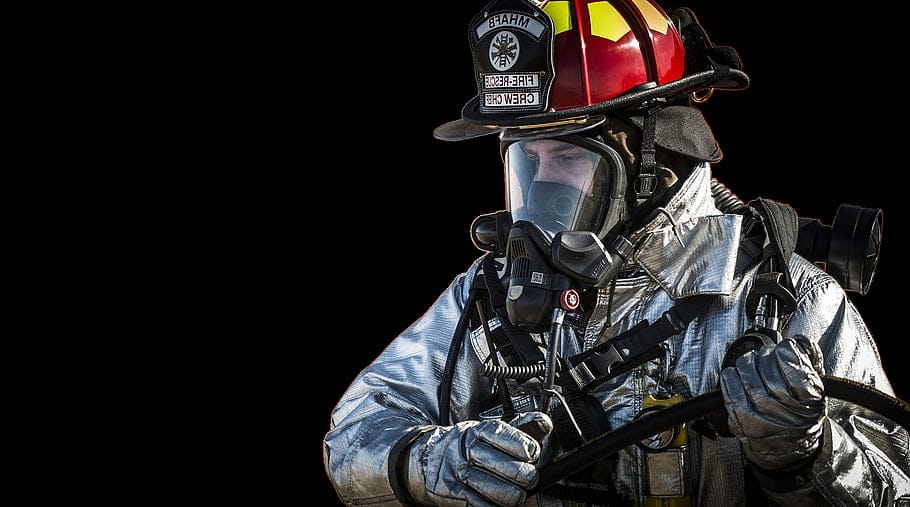
Aluminized PPE isn’t cheap—and it’s not meant to be disposable.
But the truth is, many aluminized jackets, hoods, and aprons fail not from fire or heat—but from bad laundry and bad storage.
To get the most out of your gear—and keep your workers safe—it’s critical to clean it right, store it smart, and inspect it regularly.
Here’s your complete guide to maintaining aluminized protective clothing.
Why Proper Maintenance Matters
Aluminized PPE relies on its reflective outer layer to block radiant heat and its fabric structure to prevent burns.
If either fails, the entire garment fails.
⚠️ Dirt, oil, moisture, and UV can all degrade the coating.
⚠️ Washing it like a sweatshirt? You’ll ruin the heat-reflective surface.
✅ Proper care keeps the certification valid, and the performance reliable.
Cleaning Aluminized Clothing: Do’s and Don’ts
✅ Do:
- Follow manufacturer’s care label exactly
- Use mild, neutral-pH detergent
- Wash on gentle cycle or hand-wash
- Use cold or warm water (max ~40°C / 104°F)
- Rinse thoroughly to remove detergent residue
- Air dry or low-heat tumble (never hot!)
❌ Don’t:
- Use bleach, hydrogen peroxide, or harsh chemicals
- Add fabric softener or scent beads
- Scrub reflective surface aggressively
- Iron or press the garment
- Overload washing machine (causes abrasion)
🧼 Pro Tip: Pre-rinse with water if exposed to heavy dust or metal debris before machine washing.
How Often Should You Wash Aluminized PPE?
It depends on:
- Type of exposure (dust vs. molten splash)
- Frequency of use
- Manufacturer instructions
General rule:
- After every 5–10 uses, or
- When visibly soiled or contaminated
✅ If the garment is stiff, oily, or smells burnt—it’s time for a wash (or replacement).
Inspection Checklist: What to Look For Before Each Use
| Check This | Look For | Action |
|---|---|---|
| Reflective Surface | Dull, flaking, discolored, scorched | Replace if worn |
| Seams & Stitching | Loose threads, tearing, unraveling | Repair or discard |
| Fabric Backing | Thinning, bubbling, melted areas | Discard |
| Closures (zips, snaps, Velcro) | Broken, loose, non-functional | Repair or replace |
| Label | Missing, unreadable, washed off | Replace garment |
✅ Perform a quick light test: shine a flashlight at the surface—if it doesn’t bounce light well, it’s no longer safe.
Storage Best Practices
How you store aluminized PPE is just as important as how you wear it.
✅ Do:
- Hang garments in a cool, dry, dark area
- Use wide plastic or wooden hangers to avoid creasing
- Fold only when necessary, and gently
- Keep away from direct sunlight or UV
- Store in breathable PPE bags if transporting
❌ Don’t:
- Leave items in hot vehicles or outdoor sheds
- Stack under heavy tools or boxes
- Store wet or damp (mold = damage)
- Wrap tightly with cords or bands
🌡 Heat + moisture + pressure = breakdown of the aluminum layer.
When to Retire and Replace
There’s no exact expiration date—but signs of functional failure mean the gear must go.
Replace your aluminized PPE if:
- Reflective surface is dull, cracked, or flaking
- Fabric is visibly thinned, burnt, or melted
- Closure systems no longer work
- It fails a splash or heat test in any mock trial
- It’s over 3–5 years old (depending on use and brand)
✅ Keep a PPE log with issue date, wash count, and inspection notes to track lifecycle.
What to Ask Your Supplier
- Can I get cleaning instructions in PDF or on garment tags?
- Is this product machine washable or hand wash only?
- What’s the expected number of washes or months of service?
- Do you offer replacement parts (zippers, Velcro)?
- Can I buy spare kits to rotate during laundry?
At workwearsolutions, we design PPE to last—and we help you make it last.
Conclusion
A well-maintained aluminized garment isn’t just safer—it’s smarter.
As a buyer or safety officer:
- Train your team to inspect gear regularly
- Build a cleaning and storage protocol into your PPE program
- Plan for scheduled replacement before failure occurs
Need help training your crew or creating a maintenance plan for aluminized clothing? We’re here to support your safety investment—before and after the sale.
📩 Contact: [email protected]
🌐 Visit: www.workwearsolutions.net
Zion Zhang
Recent Posts
 Marketing Tactics: How to Promote Workwear in Africa, Middle East & Latin America2025年10月12日Marketing Tactics: How to Promote Workwear in Africa, […]
Marketing Tactics: How to Promote Workwear in Africa, Middle East & Latin America2025年10月12日Marketing Tactics: How to Promote Workwear in Africa, […]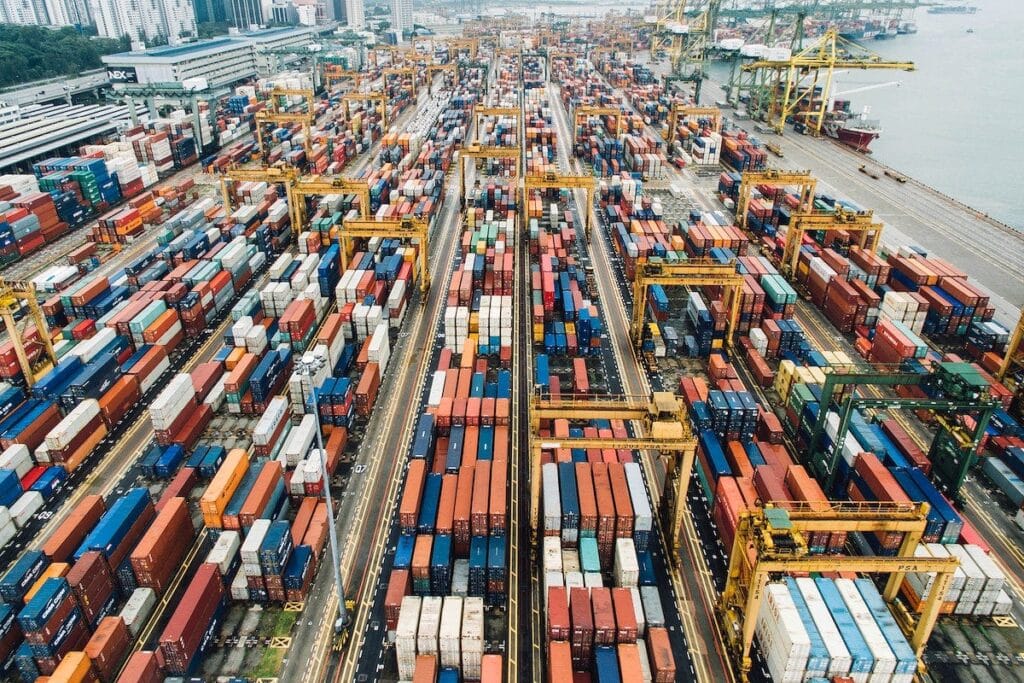 Branding Strategies for Workwear: Competing Beyond Price2025年10月12日In many emerging markets — from Africa to Latin America to […]
Branding Strategies for Workwear: Competing Beyond Price2025年10月12日In many emerging markets — from Africa to Latin America to […]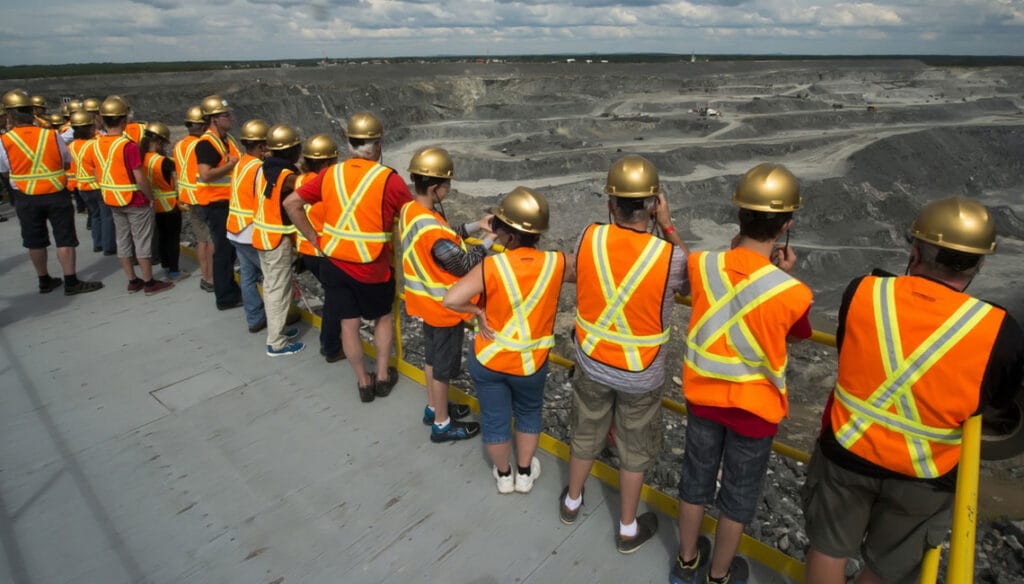 How to Build a Local Distribution Network That Works2025年10月10日In emerging markets across Africa, the Middle East, Central […]
How to Build a Local Distribution Network That Works2025年10月10日In emerging markets across Africa, the Middle East, Central […]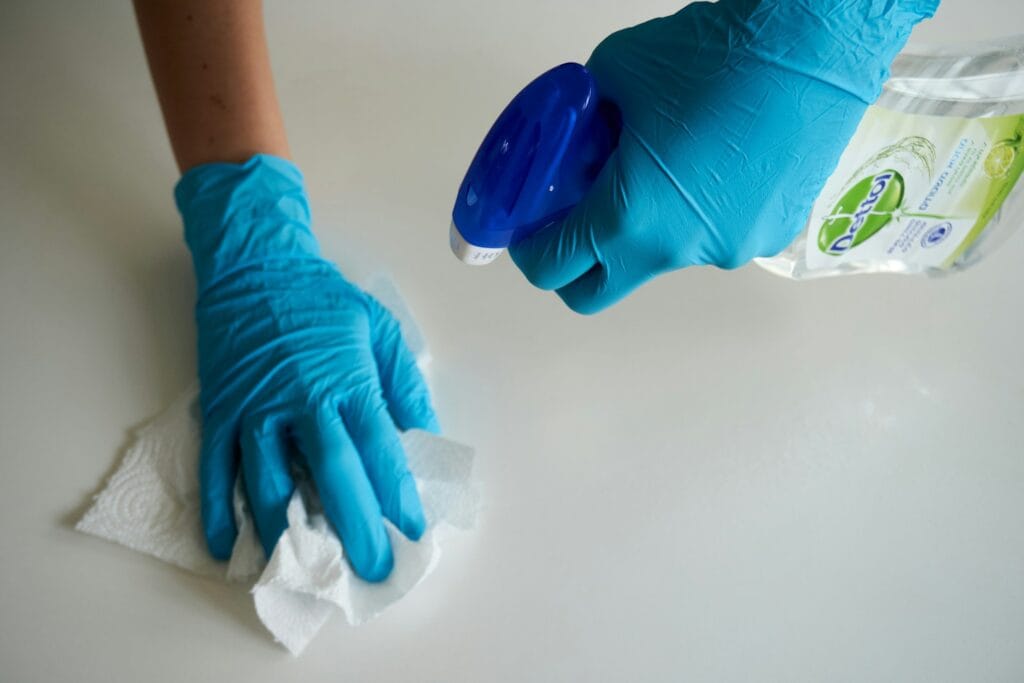 Choosing the Right Sales Channels for Workwear in Emerging Markets2025年10月10日In fast-growing markets across Africa, the Middle East, […]
Choosing the Right Sales Channels for Workwear in Emerging Markets2025年10月10日In fast-growing markets across Africa, the Middle East, […]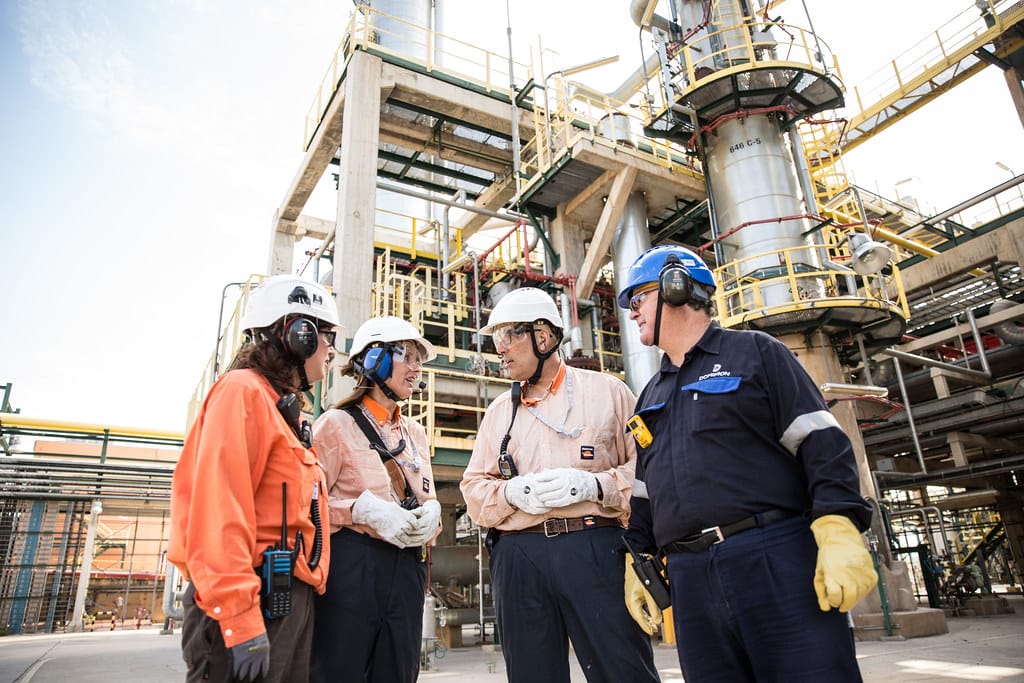 Building Long-Term Supplier Relationships: From First Order to Partnership2025年10月10日In the world of global workwear trade, many new importers […]
Building Long-Term Supplier Relationships: From First Order to Partnership2025年10月10日In the world of global workwear trade, many new importers […] Costing & Profit Margins: Calculating the Real Numbers2025年10月9日When importing workwear or PPE from China, the biggest […]
Costing & Profit Margins: Calculating the Real Numbers2025年10月9日When importing workwear or PPE from China, the biggest […]
CONTACT US
- Feel free to contact us any time. We will get back to you as soon as we can!
- +86-17330061805
